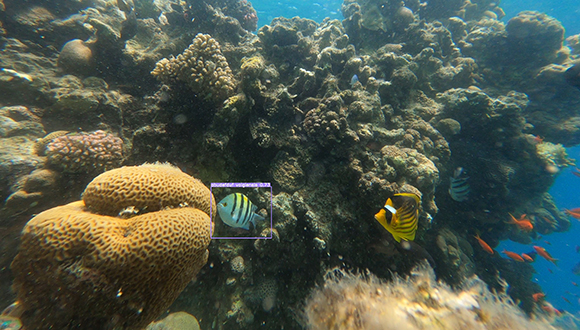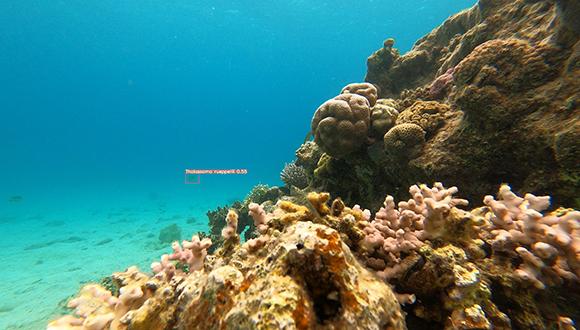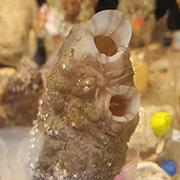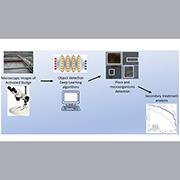Early warning for invasive Mediterranean fishes
Researchers: Prof. Jonathan Belmaker (Zoology), Prof. Raja Giryes (Electrical Engineering)
Researchers: Prof. Jonathan Belmaker (Zoology), Prof. Raja Giryes (Electrical Engineering)
The global marine environment is undergoing dramatic and rapid human induced changes. Alien and invasive species (AIS) are a major source of biodiversity loss and have caused major economic losses and threats to human health. While the magnitude of AIS in the Mediterranean is unprecedented, we lack simple and effective approaches to track AIS and understand resulting changes in ecological community structure and ecosystem dynamics.
Here, we propose to use the wealth of information available in digital citizen science and social media repositories with a combination of automated image recognition and ecological modelling, to gain comprehensive insights on spatio-temporal dynamics of Mediterranean fish populations. By calibrating the tools in the Red Sea, the source of introduction to the Mediterranean, we will be able to detect new introductions at the initial stage, where densities are low and identification is difficult, providing a critical early warning for AIS.

Digital sources will be combined with a set of cameras along the Israeli coast to produce an automated tool that will continuously track changes, map results, and update range dynamic predictions. This will enable elucidating several key aspects of fish dynamics, such as undetected AIS introductions, incipient range expansion of AIS, migration routes, range size declines of Indigenous species, and changes in phenology associated with climate change.
This near real-time monitoring of fish dynamics will provide critical new information for scientists, policy makers, and the general public needed towards appropriate preparation for this emerging threat.





